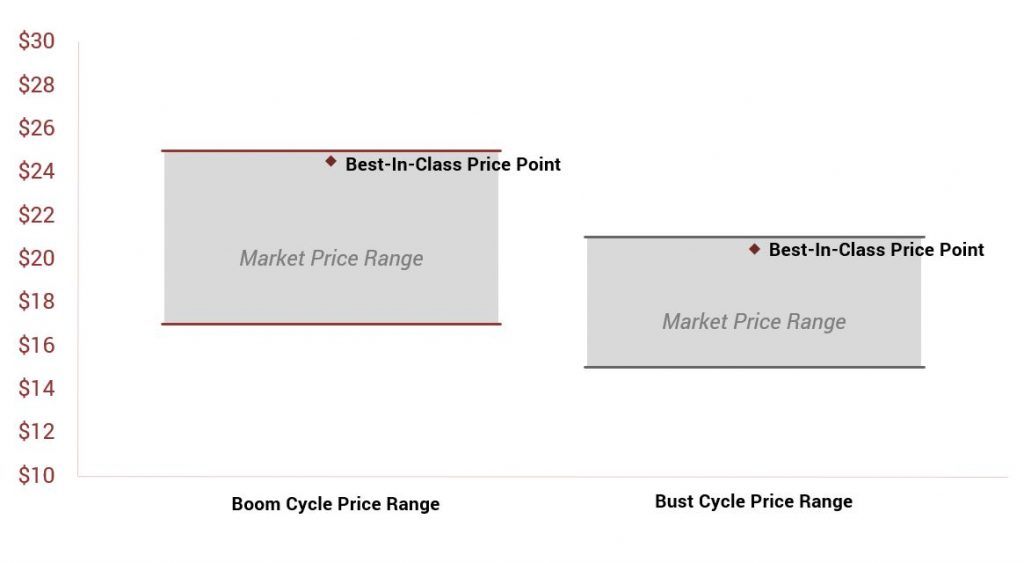 The whole world is affected by COVID-19, whether it be impact to your work, business, or income, impact to your children’s school schedule, impact to your ability to travel freely or visit elderly parents, or impact to your health or loved ones actually suffering from COVID-19 itself. At Boost, we offer concern and our deepest sympathies to all impacted across the globe by the Corona Virus and COVID-19.
The whole world is affected by COVID-19, whether it be impact to your work, business, or income, impact to your children’s school schedule, impact to your ability to travel freely or visit elderly parents, or impact to your health or loved ones actually suffering from COVID-19 itself. At Boost, we offer concern and our deepest sympathies to all impacted across the globe by the Corona Virus and COVID-19.
Anyone who has been through a Boost workshop knows we talk a lot about fear-based selling and discounting. Right now there is a lot of fear. Our lives are in turmoil, and businesses and sales are significantly impacted. However, it’s important not to start selling from fear.
As we teach in our workshops, when you are best-in-class or better-in-class in your industry, you can charge more than your competition. To clarify, we don’t argue with reality. We do not argue that you can price above the realistic range just because you are exceptional. (You can bake the world’s best gluten-free raisin bread, but that doesn’t mean you can charge $150 per loaf.)
The relevant question in today’s tumultuous economic climate and more generally during recessions is: does this concept apply in a recession as well as a boom in the economy? Do strategic price principles still apply in both scenarios? The answer: a resounding yes to both questions. Let me explain using an example of a B2B product (though the principle applies equally in service businesses):
- Pricing during a boom cycle for this product ranges between $17-25 per unit in the marketplace. If you are best-in-class, you can be at the top of that range because you deliver better quality, service, and value.
- During a recession, many markets shrink in size, which can create downward price pressure as many competitors compete for fewer opportunities. In addition, the market price range itself is often compressed. The range could be $15 – $21. The overall price range is lower and narrower. (See figure below.) However, best-in-class companies can still earn a price premium relative to the market price, even though the price is lower than the boom price.

Value differentiators become ever more critical in economic downturns. In these highly competitive market conditions, effective strategic price management is essential. Namely:
- Applying the principles of variable price sensitivity and segmentation principles to price surgically in order to optimize profitability without sales volume loss
- Relentlessly focusing on value-based pricing and value selling
If you need help in either area, Boost can help.
